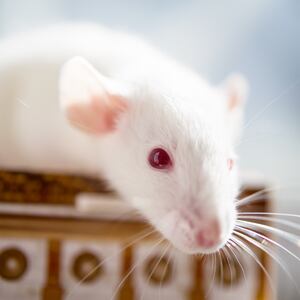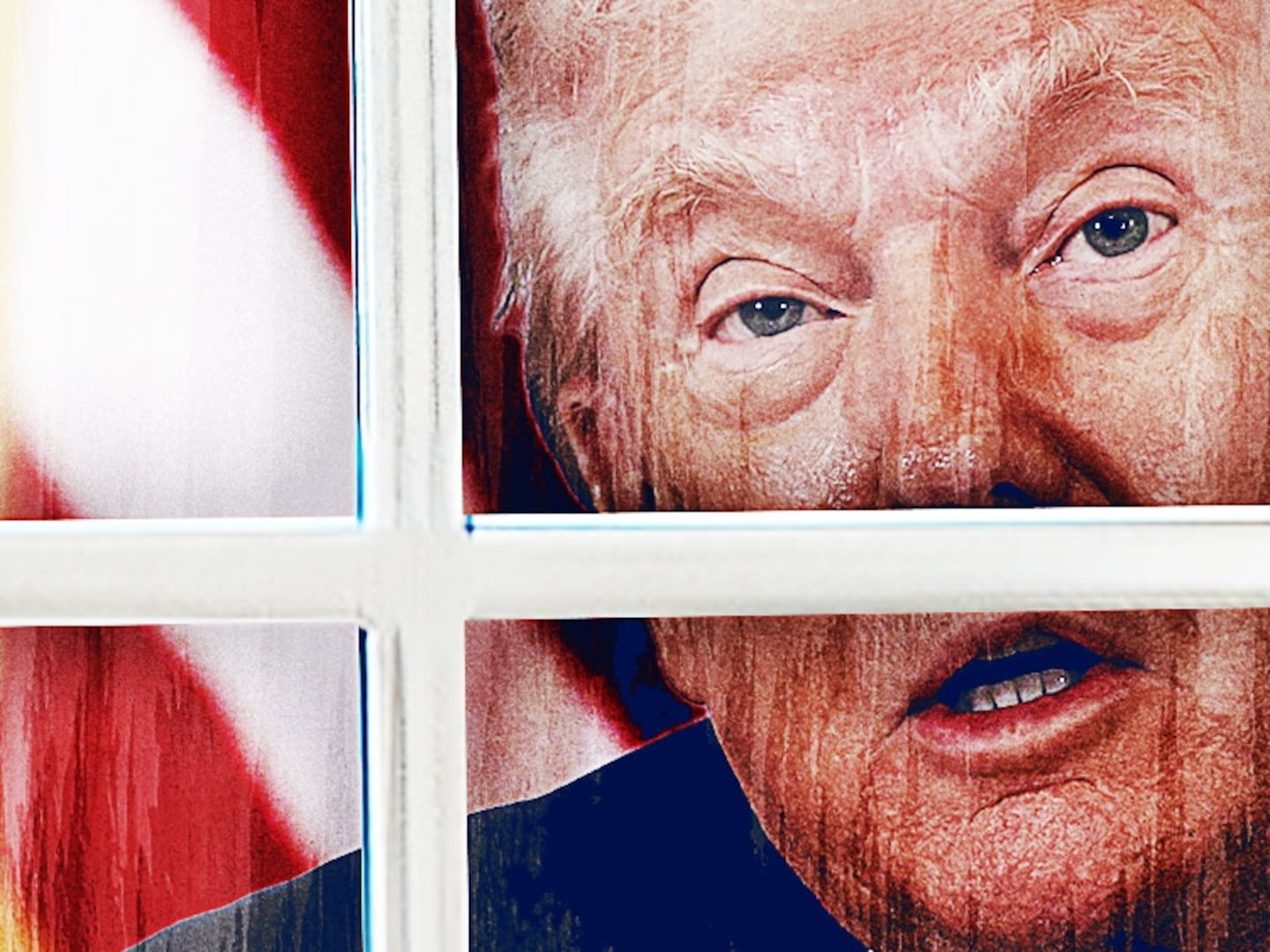It’s been a long, long time since we last saw a living thylacine—a creature more commonly known as a Tasmanian tiger. The animal once thrived as a cornerstone species throughout Tasmania for millions of years before being eradicated with the help of the Australian government, which offered a one pound bounty per dead Tasmanian tiger between 1888 and 1909 to control its population from wreaking havoc on farms.
The Tasmanian tiger population dwindled rapidly. The last official sighting of the creature in the wild occurred in 1930, when it was shot by a farmer for trespassing on his land. When he did so, he inadvertently wiped the last of a species in the wild off the face of the planet forever—or so we thought.
Colossal Biosciences, a biotech and genetic engineering startup co-founded by Harvard geneticist George Church, plans to “de-extinct” the Tasmanian tiger by using gene-editing technology. They hope to reintroduce the creature to its once-native habitats in order to rewild the ecosystems that were damaged after losing the species.
“Colossal is excited to provide the necessary genetic editing technology and computational biology to bring this project, and the thylacine, to life,” Church said in a press release. “It's an incredible collaboration and project with far reaching benefits for animal conservation efforts at large.”
This isn’t the company’s first foray into de-extinction either. Last year, it made a splash in the media after announcing it had raised $15 million in funding to help bring back the wooly mammoth. That initiative ostensibly shares the same goals, albeit with a much bigger creature: to help rewild and boost these ecosystems that lost integral, cornerstone species. The thylacine effort will involve a collaboration between Colossal and the Thylacine Integrated Genetic Restoration Research Lab helmed by Andrew Pask, a marsupial evolutionary biologist and thylacine expert. Another one of the more eyebrow-raising differences with the thylacine effort is that it has the backing of the Hemsworth family (yes—the one with Chris, Liam, and the other one).
“Your family remains dedicated to supporting conservationist efforts around the world and protecting Australia's biodiversity is a high priority,” Thor actor Chris Hemsworth said in the release. “The Tassie Tiger’s extinction had a devastating effect on our ecosystem and we are thrilled to support the revolutionary conservation efforts that are being made by Dr. Pask and the entire Colossal team.”
The whole announcement reads like something straight out of a science fiction novel—specifically one published in 1990 by Michael Crichton and later adapted for the silver screen by Steven Spielberg in 1993. But it’s real—or at least, this company wants you to think it’s real. While there’s a robust army of geneticists, biologists, and biotechnologists behind the effort, outside experts are a bit more skeptical of Colossal’s bolder claims.
“As much as I have respect for the people working on this project, I’m not sure if it’s a super realistic goal,” Julie Meachen, a vertebrate paleontologist specializing in ice age megafauna and carnivores at Des Moines University, told The Daily Beast. She points to the existing friction between humans and current endangered species such as gray wolves in North America as an example of how we struggle to live with animals that are currently here—let alone ones that have been extinct for hundreds or even thousands of years.
“We have all these species already on this planet that we should be protecting from going extinct,” she added. “I think it’s a little unrealistic to think we can bring these enormous ice age animals back to life and it’s not going to cause serious problems for the human populations around them. I’m not saying it’s not useful in any way, but I do think it’s going to create a whole series of problems that we haven’t even considered yet.”

After all, it’s one thing to bring back a creature like the thylacine, which has been dead for just a little under a century. It’s a whole other thing entirely to try and resurrect a truly ancient species like the wooly mammoth. In both cases, though, the creatures would be coming back to an Earth that is wholly unlike the one they left. Things are hotter, more chaotic, and there are a multitude of new threats that could kill them.
Bryant McAllister, an evolutionary biologist and geneticist at the University of Iowa, agrees with Meachen’s assessment too. In fact, he went a step further and questioned the conservation positioning of Colossal outright—implying that all the talks of conservation and rewilding are just a little more than greenwashing marketing tactics.
“To me, it’s a case of why we should be devoting a lot of resources to this,” McAllister told The Daily Beast. “They’re promoting this as a conservation biology solution, but I would say it’s actually inconsistent with it being conservation. If you took all those resources and directed them to, say, habitats, that’s going to do more to prevent extinction and help living organisms here to remain viable.”
McAllister also pointed out that what Colossal would be doing isn’t necessarily even making a species de-extinct. For a creature like the wooly mammoth, for example, the company would be sequencing the genome of a mammoth and the Asian elephant, a close living relative to the ice age giant. They’ll then compare the two sequences and “edit the Asian genome to be more like a wooly mammoth genome,” he said.
“They’ll make changes they see as most relevant to the differences between the two animals and edit them into an Asian Elephant sequence, then transfer that into an Asian Elephant egg to generate an embryo that would be more wooly mammoth-like,” McAllister explained.
A very similar process would be employed for the Tasmanian tiger to create a “Thylacine-like” creature by the end, according to Colossal’s website. So what we would get when they’re finished isn’t really a wooly mammoth or a Tasmanian tiger at all, but rather some scientists’ interpretation of the genuine article. It’s like hearing a cover of your favorite song. Sure, it might be close—but it’s not really the same.
To their credit, the startup does note that they’re merely working on a “cold-resistant elephant” and “Thylacine-like” creature—but that’s only once you get past all of the hype around creating a wooly mammoth and Tasmanian tiger.
And there’s some other mammoth-sized baggage that comes with these projects.
“These animals aren’t trinkets or objects. We’re not creating a wax sculpture here. These are living beings,” Meachen said. “They have thoughts. They have feelings. They have social systems. If you make a wooly mammoth and you raise it with elephants and it thinks it’s an elephant, that might be okay. But if you raise it in isolation, it’s cruel. It’s not meant to live like that. It’s meant to have a social system and a family. We don’t really know what their social systems and families were really like.”
So if Colossal’s work isn’t really about conservation or “de-extinction,” what is it really about?
Meachen herself does believe that “the people working on this have their hearts in the right places.” But ultimately, Colossal is a business looking to make money. And just like the scientists in Jurassic Park, the ambitious and supposedly-noble goals seem to be subsumed by something hedging closer to creating spectacle and entertainment. These species might live again, but they’ll be thrust back back into a dangerous and lonely world.
McAllister believes Colossal and its founder are after something much simpler: chasing their white whale. And modern day science has potentially made it possible.
“George Church likes challenges,” McAllister said. “This is a challenge—to try and recreate something that’s gone extinct. It’s feasible to do. It’s something we could do. So I think that’s the driver. We can do it, so why not?”
But, of course, that brings to mind some words about yet another ambitious team of researchers who bit off more than they could chew—and got bit back in the process: “Your scientists were so preoccupied with whether they could, they didn’t stop to think if they should.”








